Table of Contents
Best Time to Climb Kilimanjaro: Seasons Explained | Kili Quests
Understanding the Best Time to Climb Mount Kilimanjaro

Kilimanjaro’s Best Seasons for Trekking
- Mild weather and moderate traffic
- Excellent for photography with occasional snow near the summit
- Peak trekking season with clear skies
- Great views, low rainfall, and cooler air
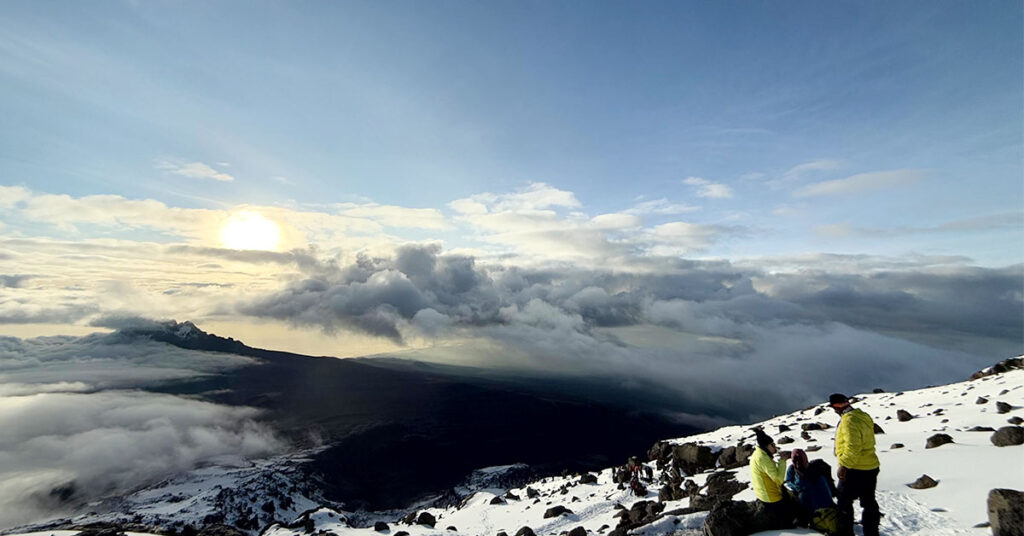
High Season: Best Time to Climb Kilimanjaro
- Dry, stable weather with clear skies
- Safe, solid trails with minimal mud
- Stunning visibility for landscapes and summit photos
- Best for first-timers and groups due to predictable conditions
Rainy Season: Should You Climb in Low Season?
- Fewer crowds: Peaceful trails and more solitude
- Lush scenery: Rain brings green landscapes, wildflowers, and forest life
- Lower costs: Some operators offer discounts during rainy months
- Slippery trails: Expect mud, wet rocks, and greater risk of slipping
- Low visibility: Cloud cover reduces panoramic views
- Cold + wet: A tough combo at higher altitudes
- Gear matters: Waterproof layers and gaiters are essential
How to Choose the Best Time for You
- Some routes require more stamina — pairing them with dry seasons makes it easier.
- Prefer solitude? Try the Rongai Route during shoulder months.
- Enjoy meeting trekkers? Go for Machame or Lemosho in peak season.
Budget & Flexibility
- Willing to face rain for fewer climbers or discounts? The low season might suit you.
Photography Goals
- Clear skies and snow-capped peaks are more common in high season.
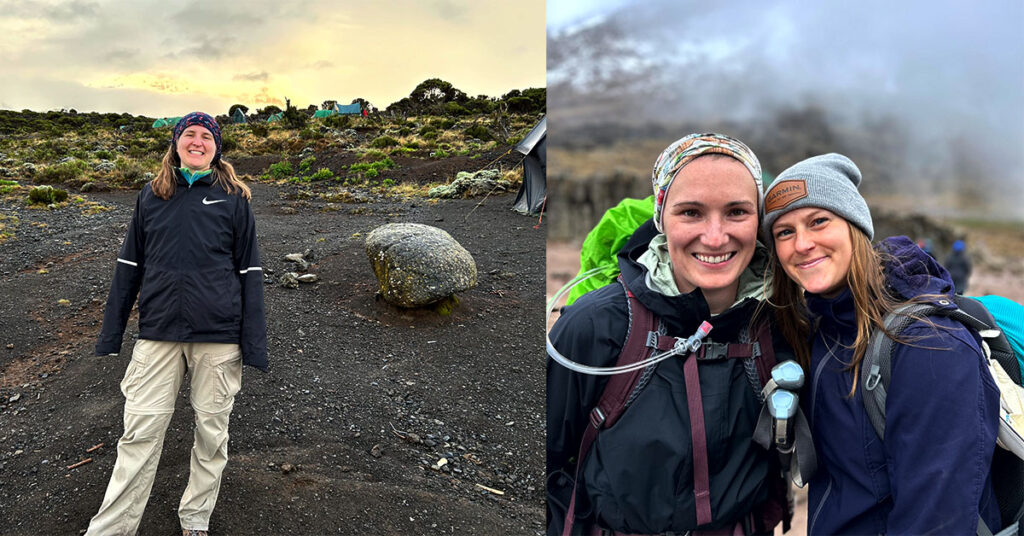
Pro Tip: Match Route to Season
- Rainy Season Best Bets: Marangu or Rongai (less muddy terrain)
- Dry Season Favorites: Lemosho and Machame (scenic and rewarding)
Every Season Has Its Beauty
- Peak comfort and safety (June–Oct)
- Fewer people and green scenery (March–May)
- Or a snowy summit adventure (Jan–Feb)
Plan Your Trek With Kili Quests
- Get personalized trekking advice
- Match your route to the right season
- Prepare confidently for your dream summit
Let’s plan your Kilimanjaro journey — together.
Related Articles
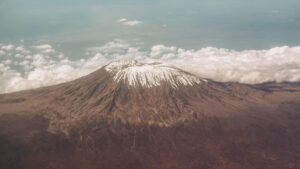
Mount Kilimanjaro Overview: Location, Height & Trek Info
Mount Kilimanjaro, Africa’s highest peak, stands tall at 5,895 meters (19,341 feet) above sea level. Located in northern Tanzania, this iconic free-standing volcano draws thousands of trekkers each year. Whether you’re planning your first summit or comparing routes, this comprehensive guide covers everything you need to know—from choosing the best route to preparing for altitude and understanding what to expect on the mountain.
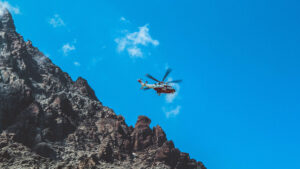
High-Altitude Emergency Insurance for Kilimanjaro Climbs
Table of Contents The Best Medical Insurance for Kilimanjaro Treks: What You Need to Know for Emergencies | Kili Quests Climbing Mount Kilimanjaro is
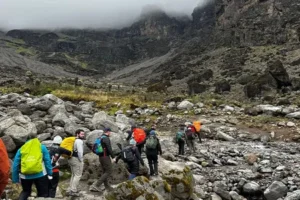
Beginner’s Guide to Climbing Kilimanjaro: First-Timer Tips
Table of Contents Beginner’s Guide to Climbing Kilimanjaro: FAQs for First-Time Trekkers Climbing Mount Kilimanjaro is a bucket-list adventure for many — and yes,



